What Is VO2 Max? How Do You Improve VO2 Max?
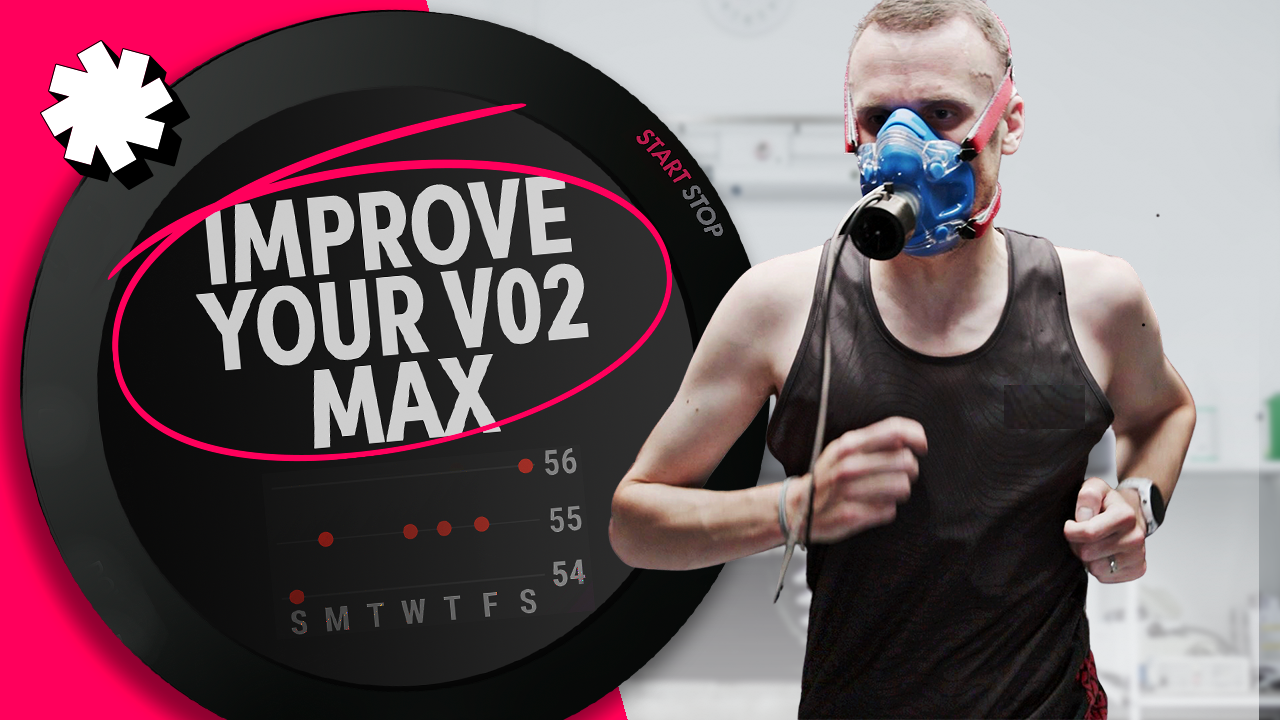
You’ve probably heard of VO2 Max. Whether it’s a number on your watch that you don’t fully understand, or it’s something you believe is supposed to a great measure of fitness or even longevity, we’re here to tell you what you need to know about VO2 Max and also how runners can improve their VO2 Max.
WHAT IS VO2 MAX?
VO2 Max is the maximum (Max) volume (V) of oxygen (O2) that you can successfully breathe in, transport (via red blood cells) and convert into energy to use during exercise.
VO2 Max is measured as a number which represents millilitres of oxygen per kilogram of body weight per minute. It’s a unique individual measurement and will vary for each person based on their gender, age, fitness and body weight, but in general, the higher the number, the greater your aerobic fitness potential.
The average moderately active adult in their 30s will have a VO2 Max of 30-50, while elite athletes may have a VO2 Max of 80 or more.
WHAT IS THE SCIENCE OF VO2 MAX?
Muscles are made up of cells, and each cell requires energy to function. Our cells use ATP (adenosine triphosphate) for its fuel.
The carbohydrates we eat are stored as glycogen, and the oxygen we breathe in is transported through our blood to the muscle cells, where it converts stored glycogen into ATP, giving us the energy we need.
We each breathe in the same air, but people with a higher VO2 Max can utilise more of the oxygen they breathe in, meaning their bodies are effectively able to produce more energy with each breath.
IS MY VO2 MAX ACCURATE ON MY RUNNING WATCH?
The best way to measure VO2 Max is in a lab, running on a treadmill, with an oxygen mask strapped to you. But not many runners can do that, and it’s not a fun process (check out the video below!). Instead most of us rely on a measure given to us by our running watch.
Our running watches have a smart analytic engine which takes data from your runs, including pace and heart rate, plus your age, weight and gender, and from that it can predict your VO2 Max. Your Garmin watch VO2 data is within around 5% variance from lab results.
OVERALL TRAINING MATTERS MOST TO VO2 MAX
Perhaps the best analogy for VO2 Max is that of a car. VO2 Max is the engine, but it doesn’t tell us about the size of the fuel tank or how economical it is at using that fuel, and it doesn’t tell us how durable the car is at speed.
In human terms, our VO2 Max is also our engine, but many factors also influence our running performance like our muscular strength and endurance, lactate threshold, running economy, the amount we’ve trained, and much more.
You can theoretically increase your VO2 Max by doing specific workouts, as we’ll see below, but a much more beneficial long-term approach is to have a balanced overall training load.
There would be no benefit to doing five VO2 Max workouts in a week (in fact, you’ll probably just get injured). A much better approach is to have a training programme that combines easy runs and long runs with workouts which include tempo runs, threshold runs, intervals, strides and VO2 Max workouts.
The truth is that there’s no need to obsess over VO2 Max as a single metric, though it can be indicative of increasing fitness – fitness which is improved by a mix of training stimulus.
HOW DO YOU IMPROVE YOUR VO2 MAX?
You can improve your VO2 Max but you can’t make your VO2 Max jump up a few points in a week or two, and it will change gradually with the amount of exercise you do (though it could drop a few points, especially if you travel somewhere with high altitude). We each have an upper limit to what our VO2 Max could theoretically be and this is based on our genetics.
You have to work on two different types of fitness to improve your VO2 Max: consistently building up your overall running volume, mostly at a slow, easy pace (because running slow helps you run fast); plus some moderate workouts at tempo pace, and some interval workouts where you’re exercising at around 90-95% of your maximum heart rate, which is seen as the zone which has the biggest impact on VO2 Max.
BEST WORKOUTS TO IMPROVE VO2 MAX?
There is no single perfect workout to boost your VO2 Max. Instead, the best workouts for specifically improving your VO2 Max are interval efforts where you are working at a hard effort around 90-95% of maximum heart rate. At this effort, your body is working very hard to bring in oxygen to help create energy, and this stimulus forces the body to adapt at how well it utilises oxygen in order to keep up with demand.
An optimum amount of total time around your VO2 Max in one workout is 15-25 minutes, broken into shorter intervals.
4 x 4 Minutes
The most famous VO2 Max workout is 4 x 4 minutes and is known as the Norwegian Protocol, based on research from 2007.
Run 4 x 4 minutes at 90-95% of maximum heart rate with three minutes active recovery between reps. The original study repeated this three times per week for eight weeks.
The reality is that 4 x 4 minutes is no better than 5 x 3 minutes, 9 x 2 minutes, 15 x 1 minute or any other combination that gives you 15-25 minutes of work. The key is that you hold your VO2 Max intensity for an extended interval.
3 x 8 Minutes
Run at a pace that’s almost as fast as you can sustain for eight minutes. For elites that might be 3km, while for others it might be 2km or one mile.
As a longer rep, you’re spending more time at your VO2 Max and it’s this specificity which can help to improve your VO2 Max, particularly towards longer events. Have two minutes of active recovery between reps.
30 x 30 Seconds
This research looked at 30-second sprints with 15-second recoveries, while the research which made the 4 x 4 minute VO2 Max workout famous did 15-second sprints and 15-second recoveries. Both saw around a 5% increase in VO2 Max score when repeating those workouts three times weekly for several weeks.
Try 30 x 30-second sprints with 15-30-second recoveries in between as a great VO2 Max workout.
These work because after the first few reps you’ll be running each interval close to your VO2 Max and the recoveries are so short that your heart rate doesn’t get the chance to fully recover, so you quickly go up and down in intensity and always close to your VO2 Max.
HIIT Workouts
You could do all of the above on a bike, rowing machine or elliptical. You can also do high intensity interval training, where you combine hard, fast efforts with short periods of rest. It’s the same exercise stimulus as running intervals.
THE BEST WAY TO INCREASE VO2 MAX?
Most studies on VO2 Max put athletes through a series of repeating workouts like the ones mentioned above, where they do those workouts three times per week for three to eight weeks.
The reality is that this may improve your VO2 Max, but it could come at the expense of other training benefits, so a better approach would be to incorporate VO2 Max workouts once every 7-14 days as part of a training programme that also includes a variety of other types of runs like thresholds, tempos and strides, plus plenty of easy running. All of those types of runs will ultimately help towards your VO2 Max and general fitness.
The best way to really increase your VO2 Max is to have a great balance of training stimulus, and not to fixate on single workouts which may boost one metric.

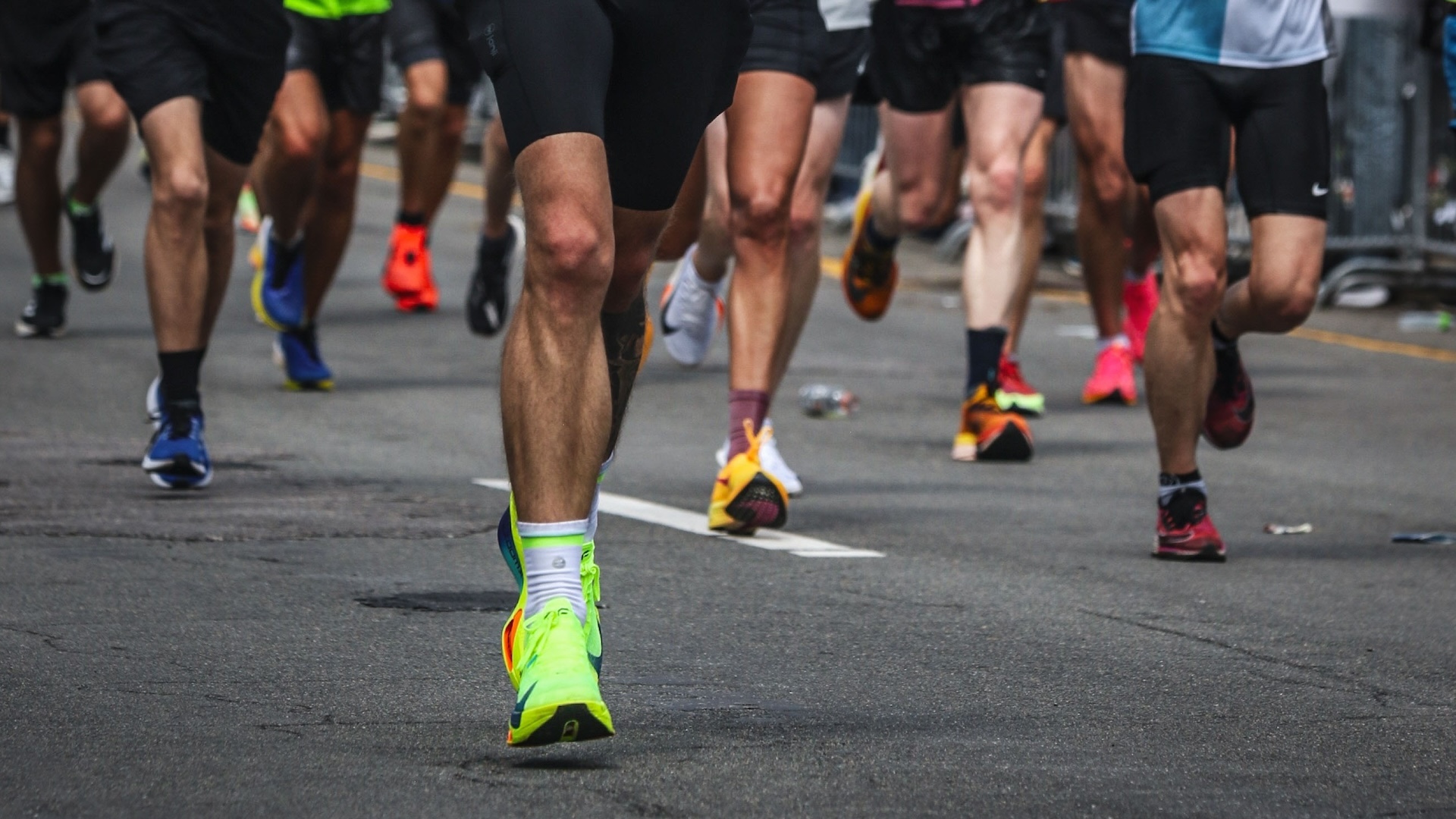
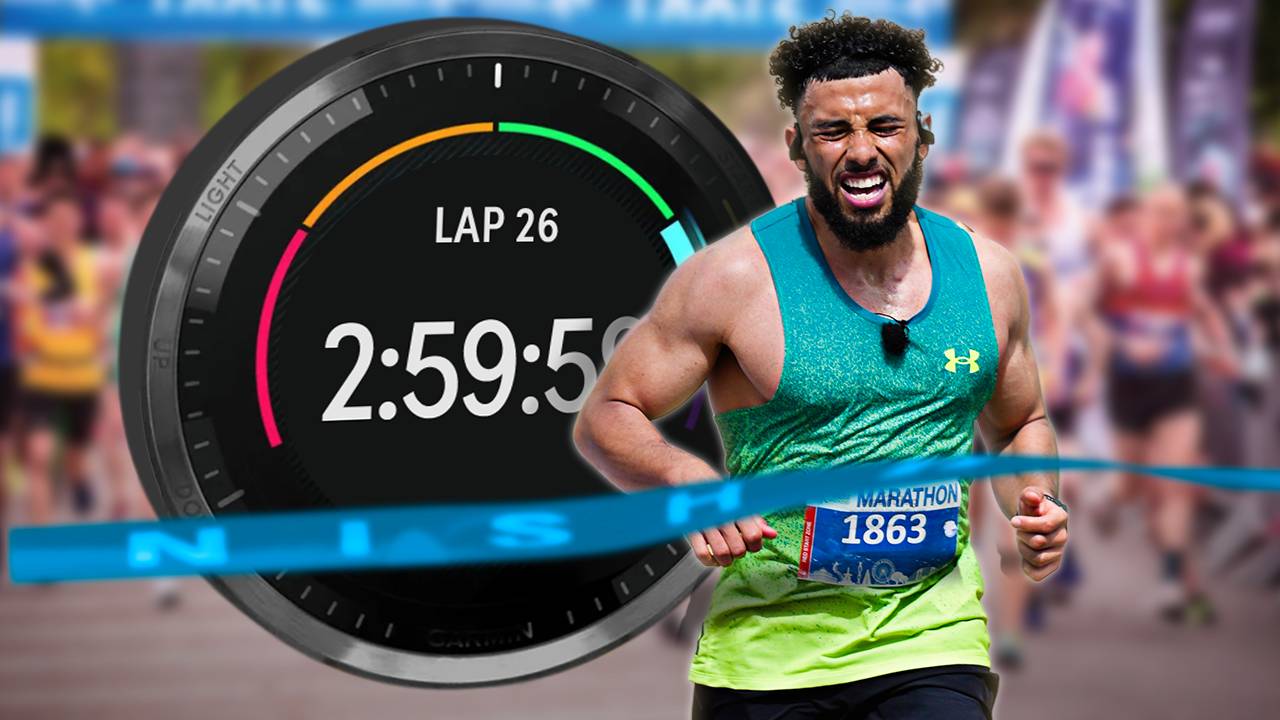
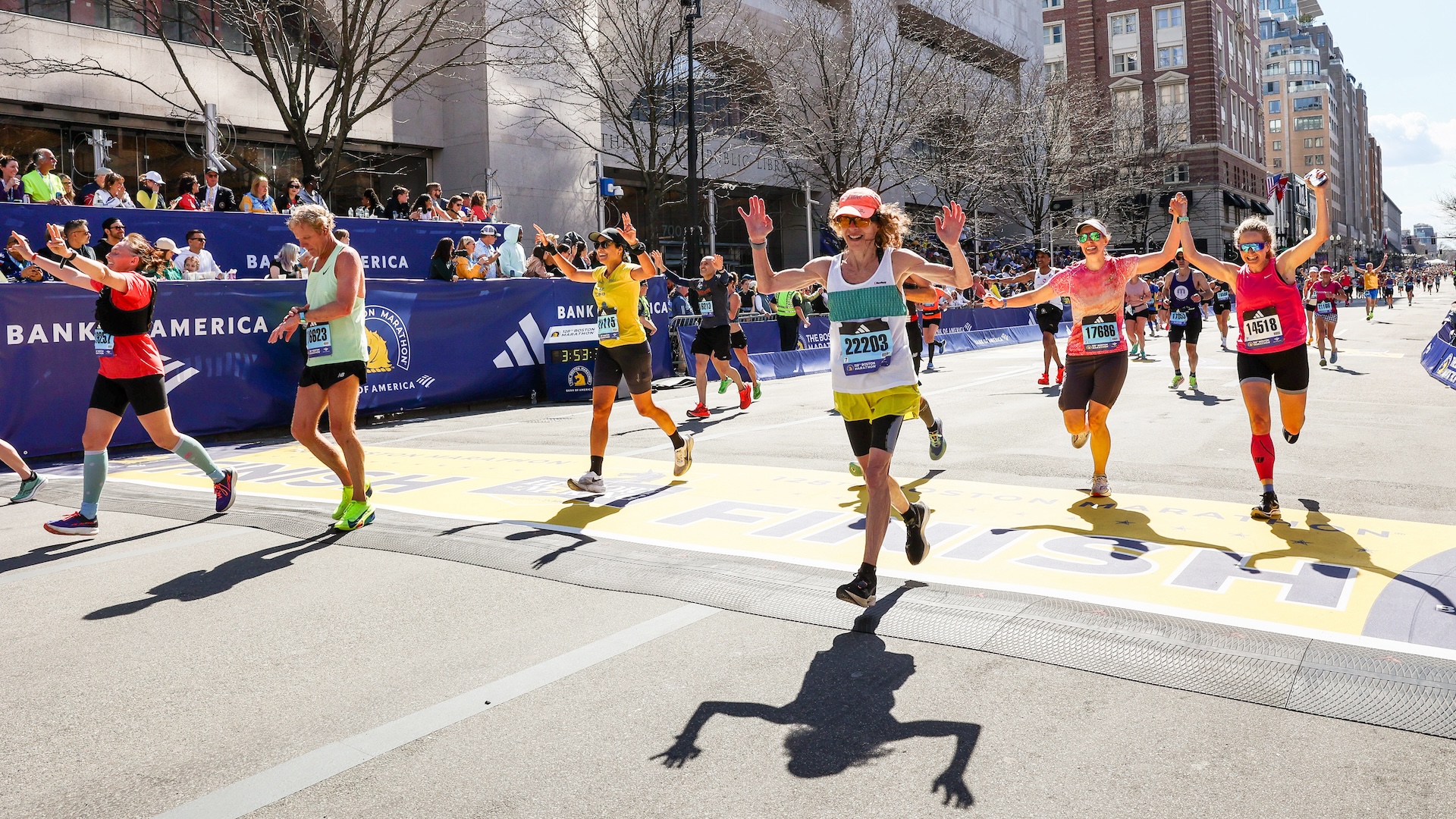



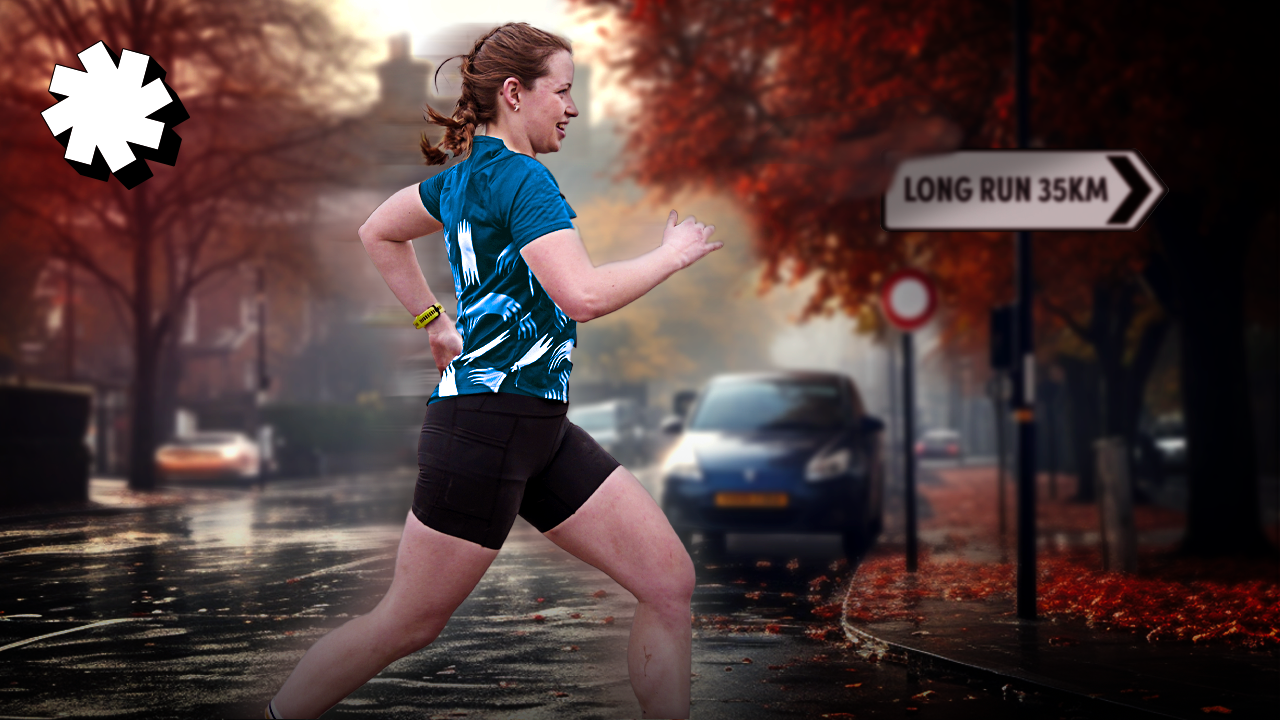
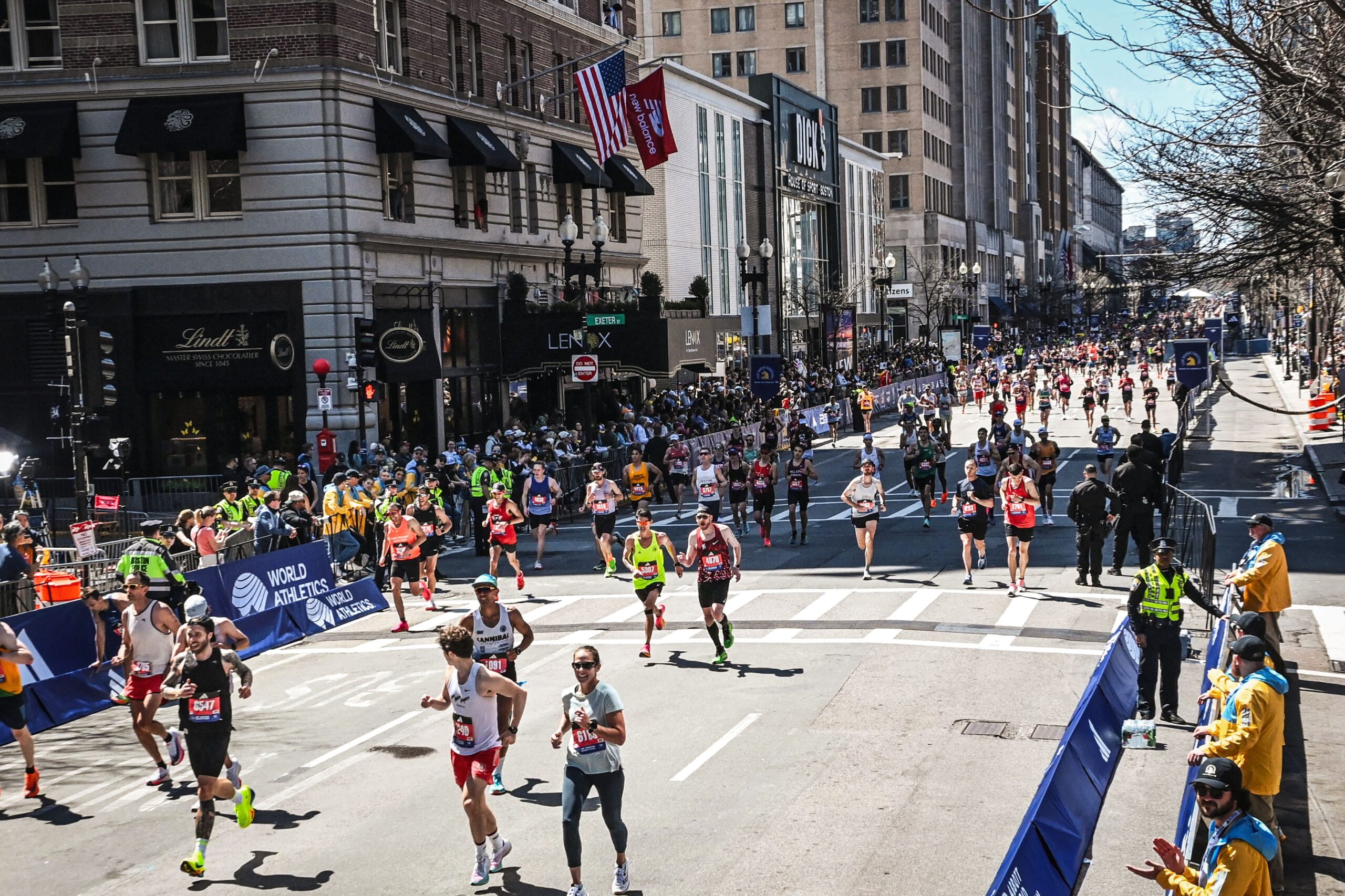
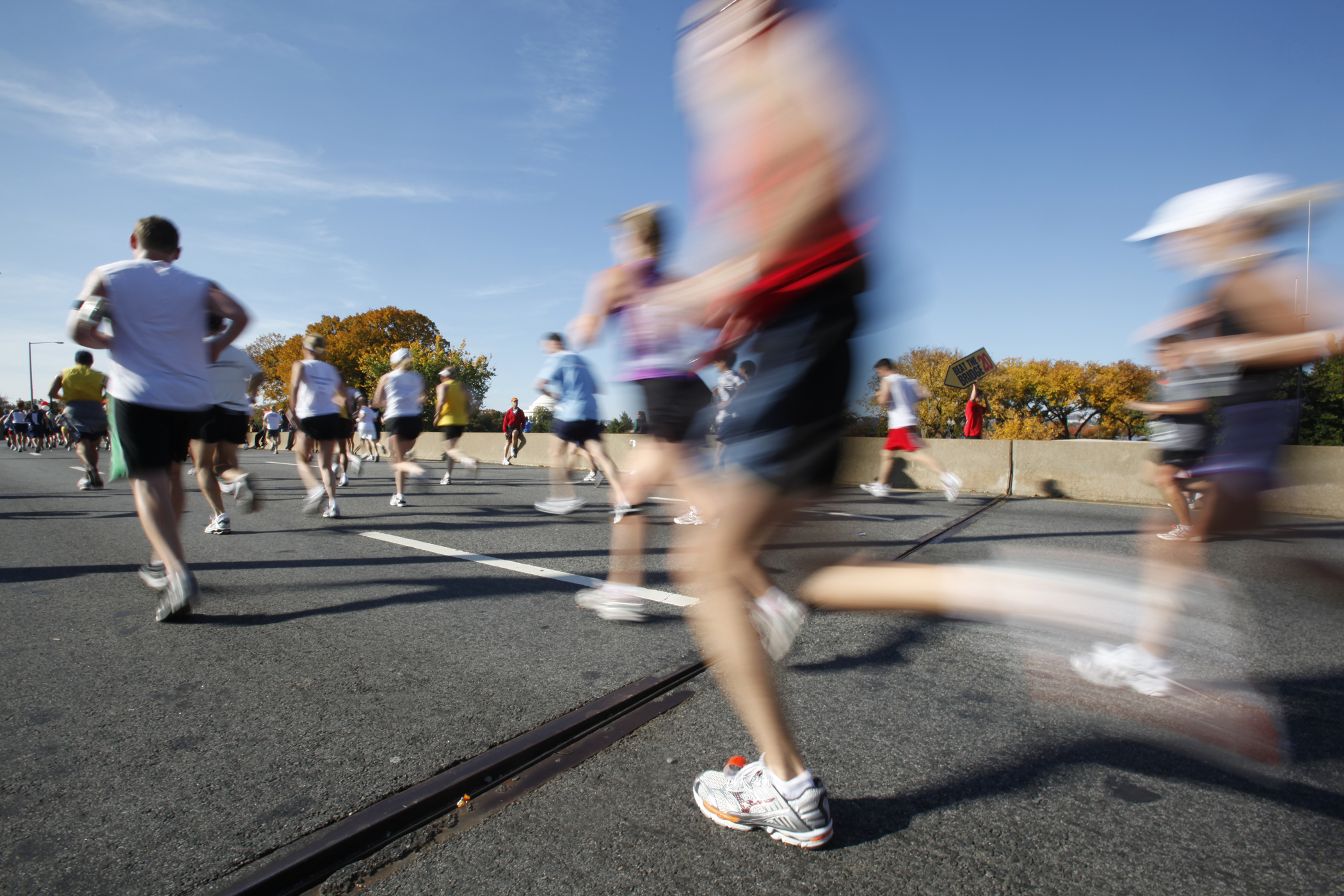

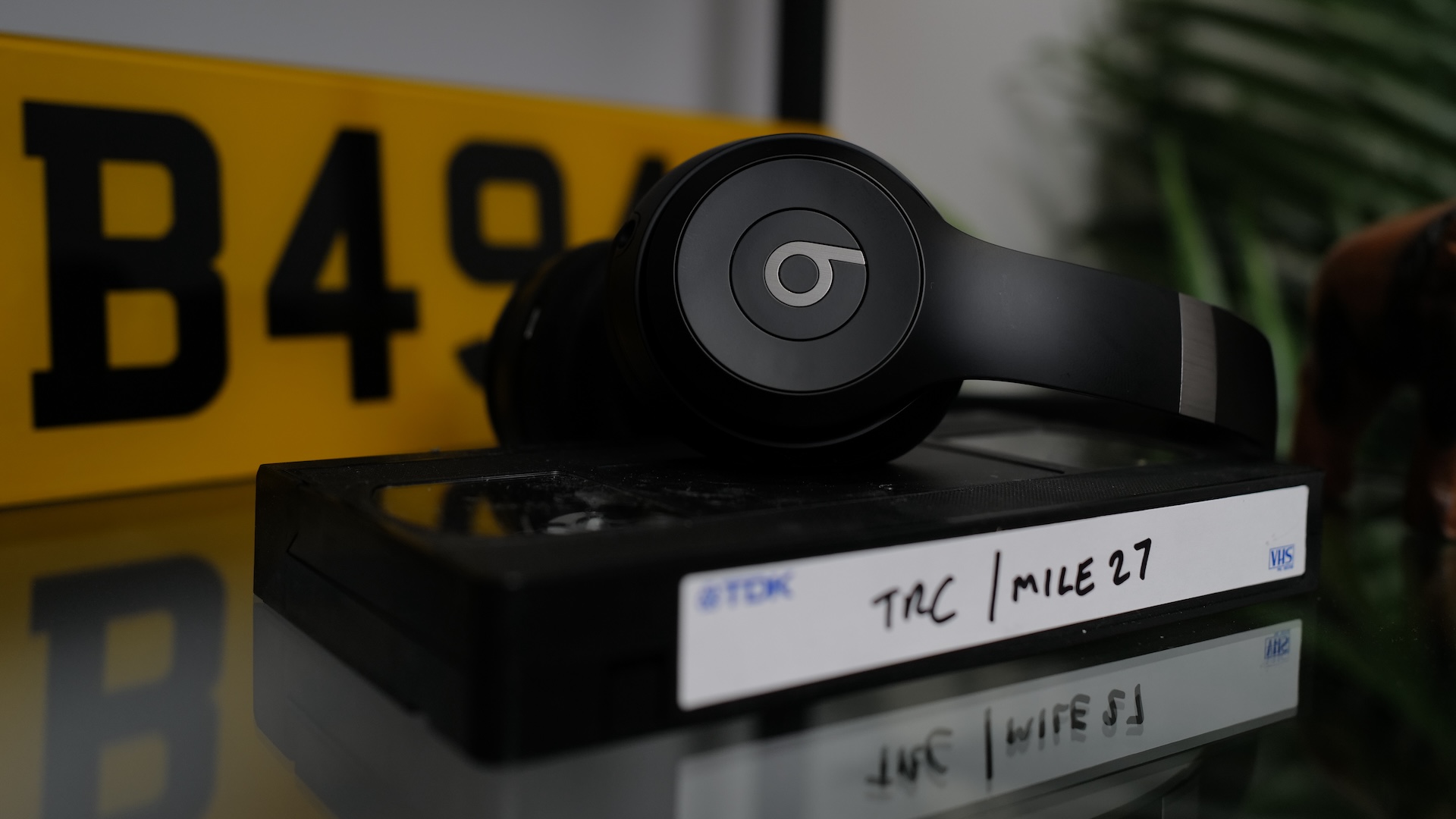

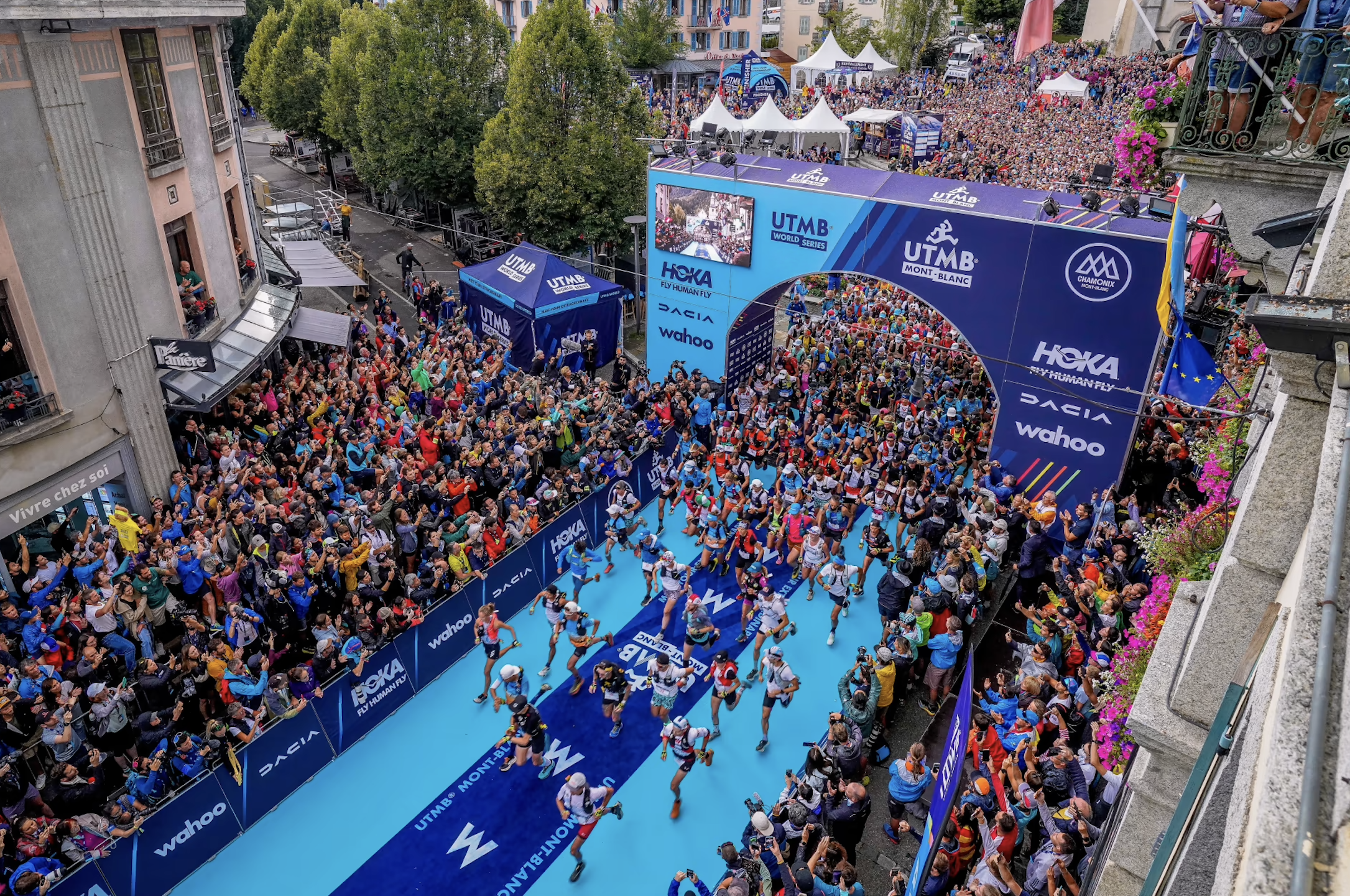

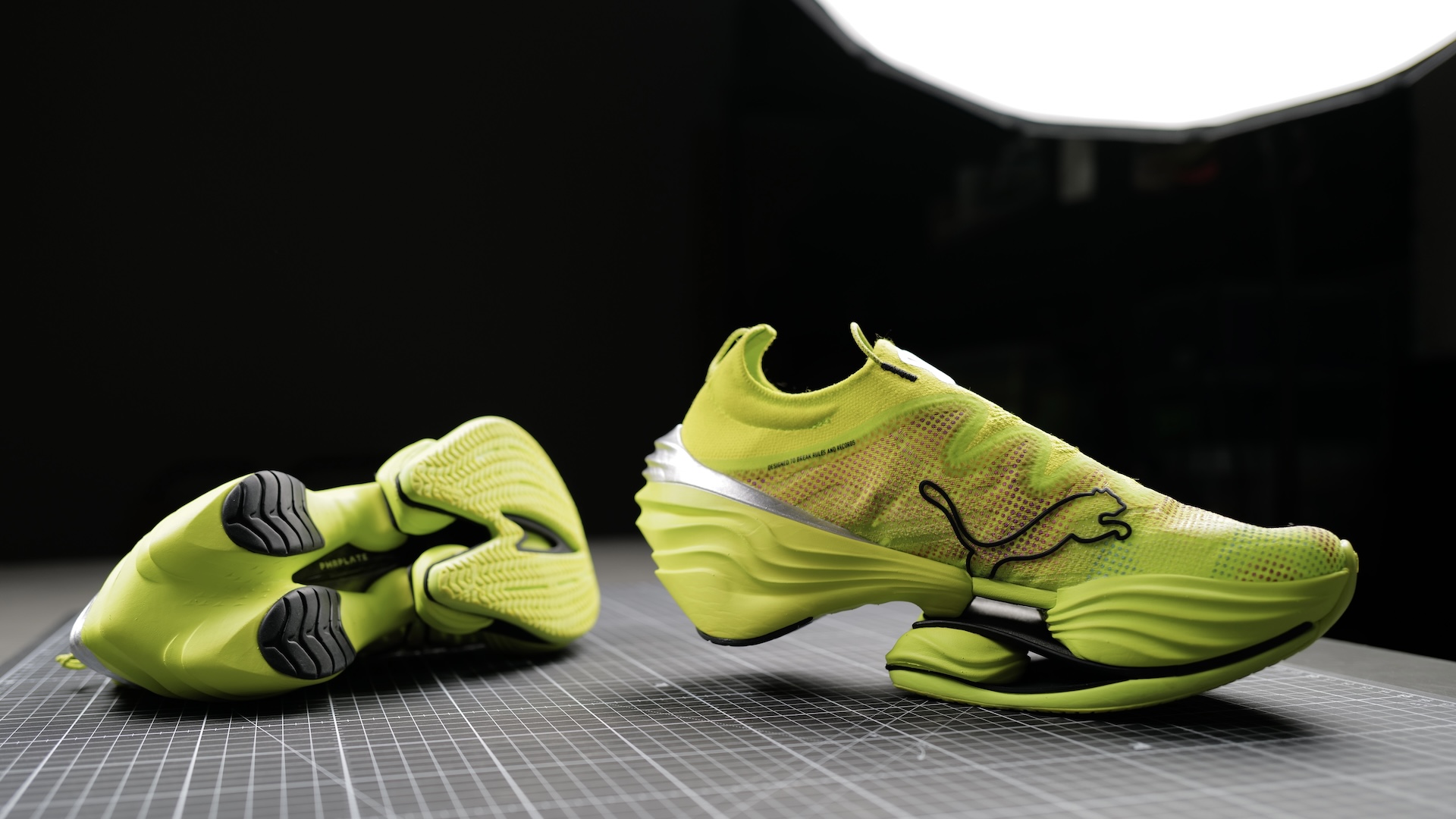
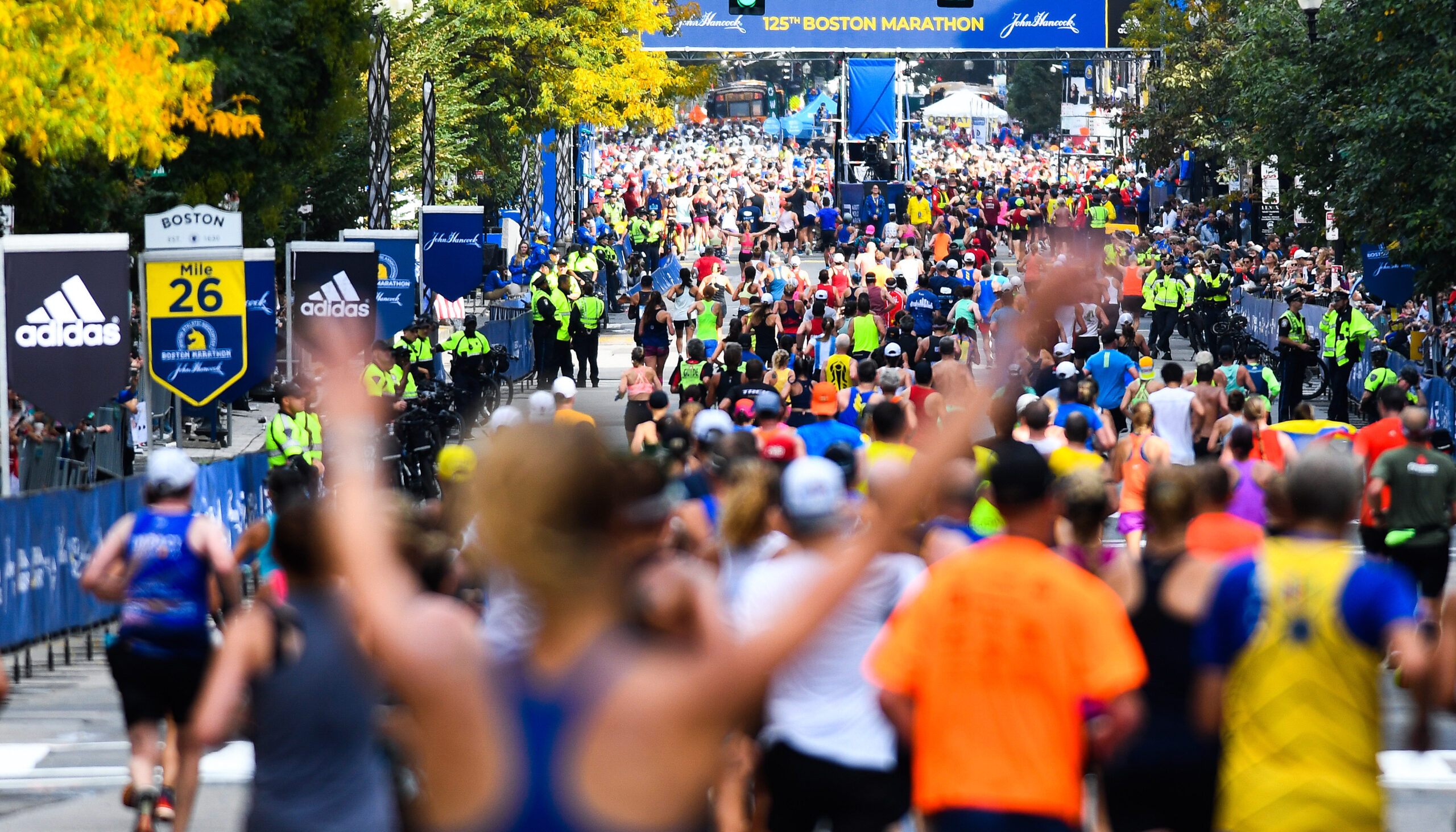
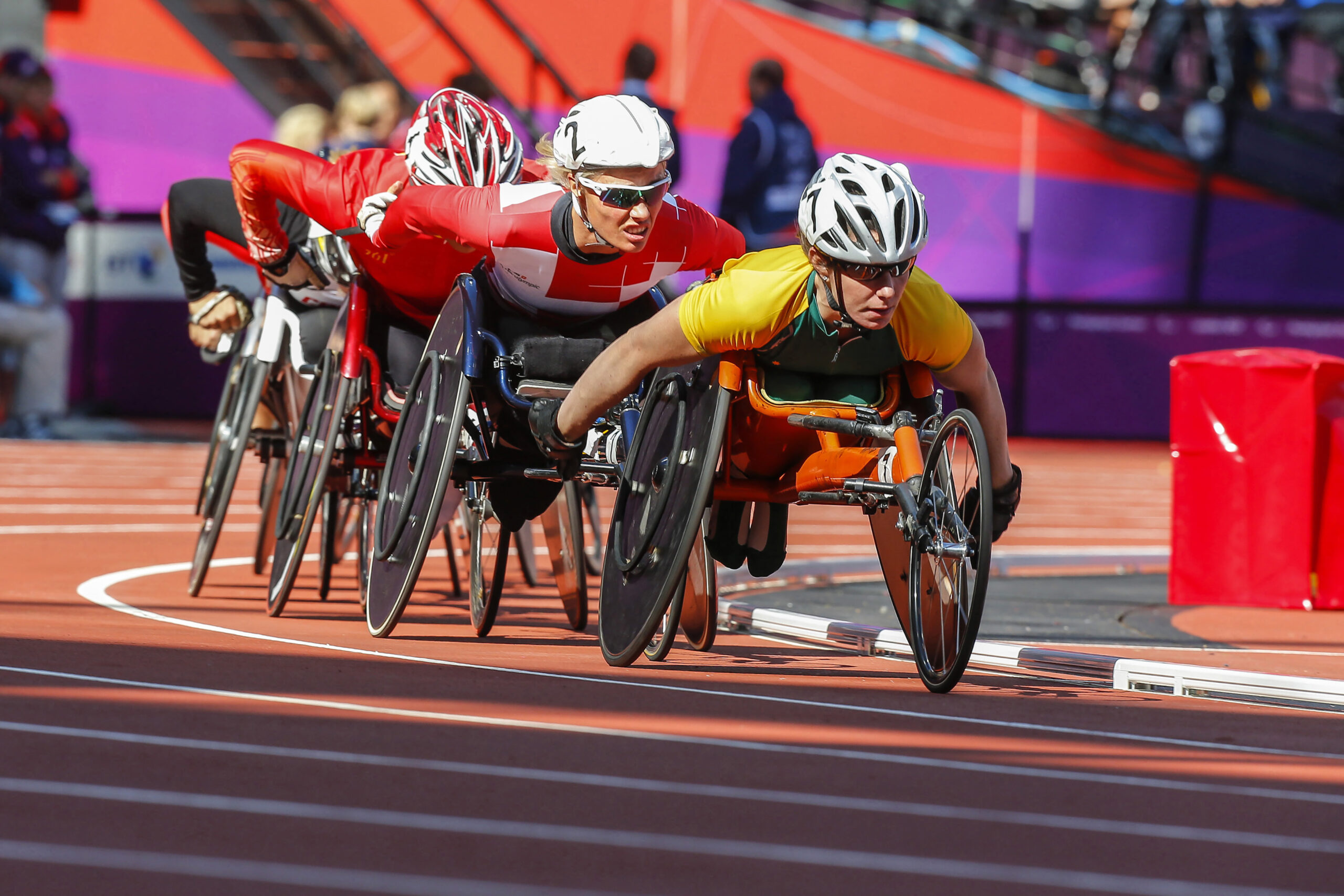
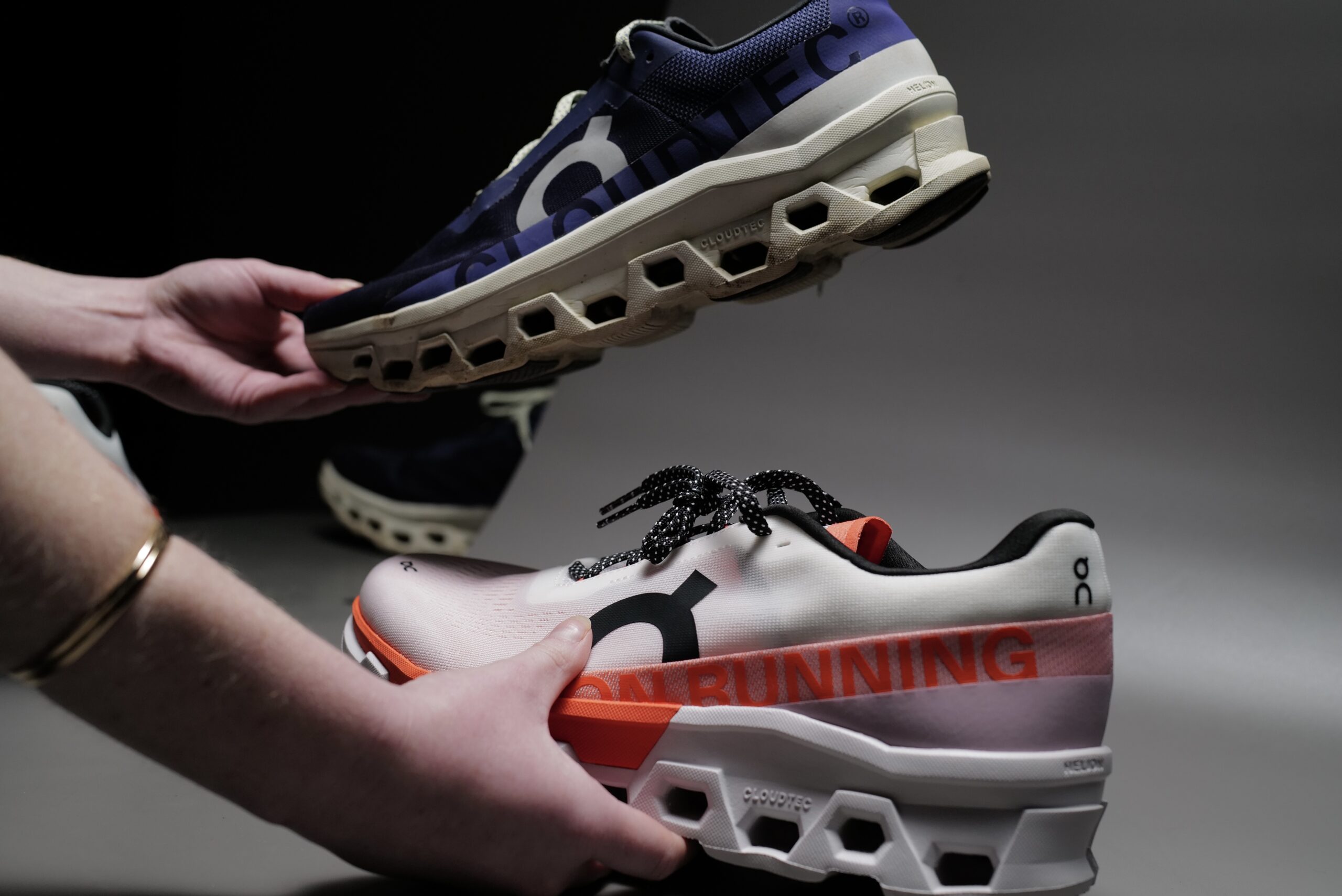
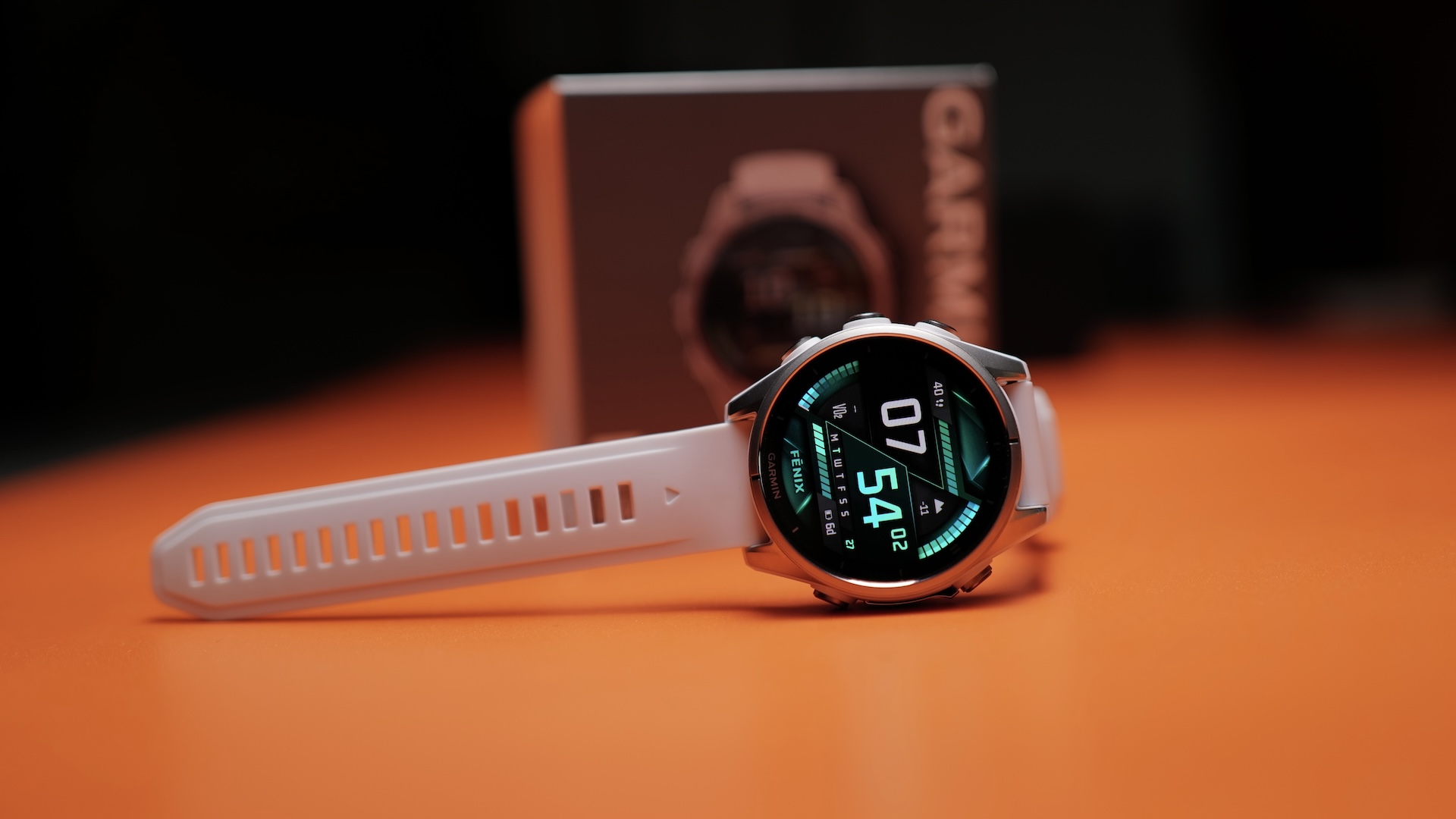




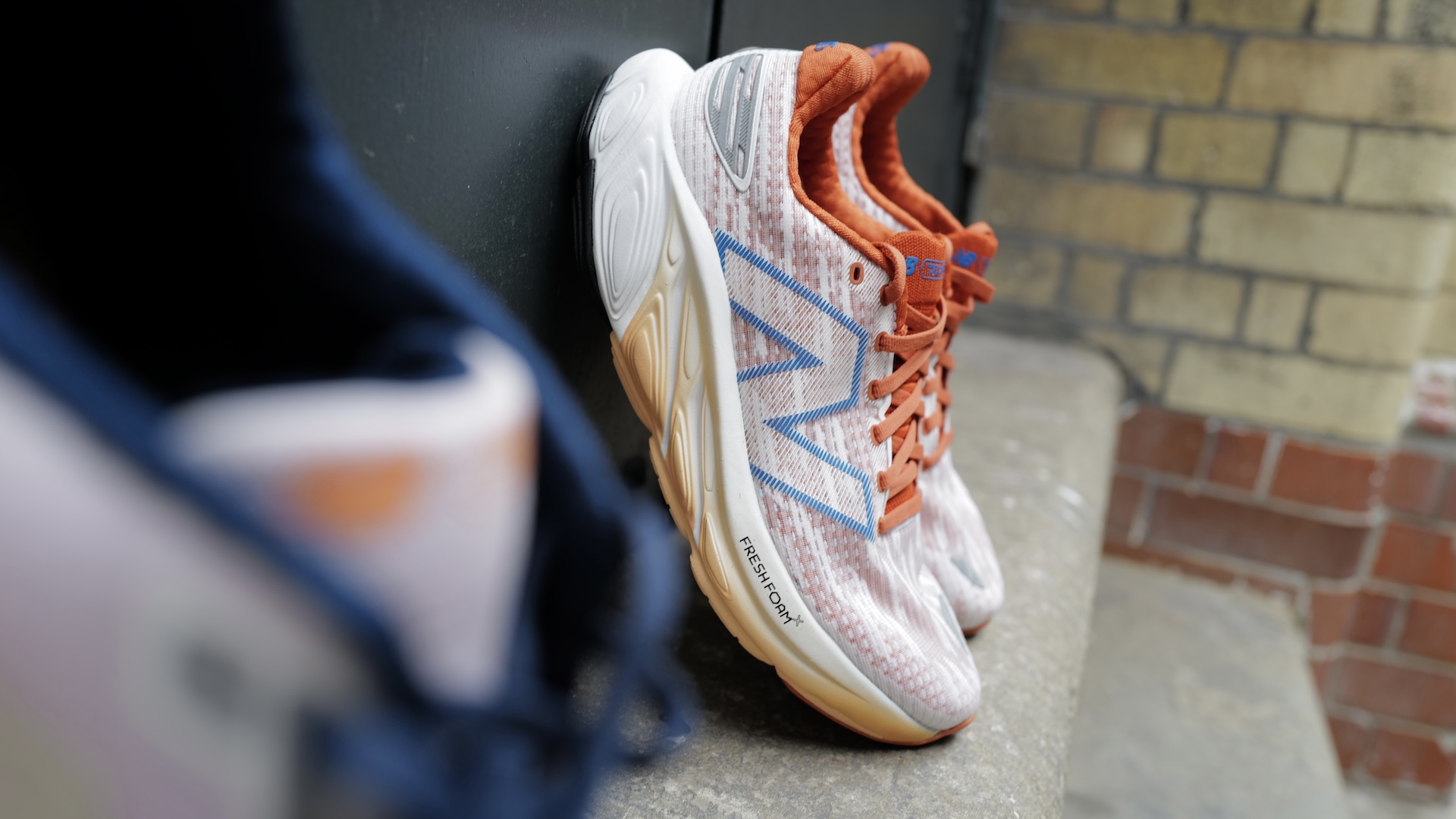
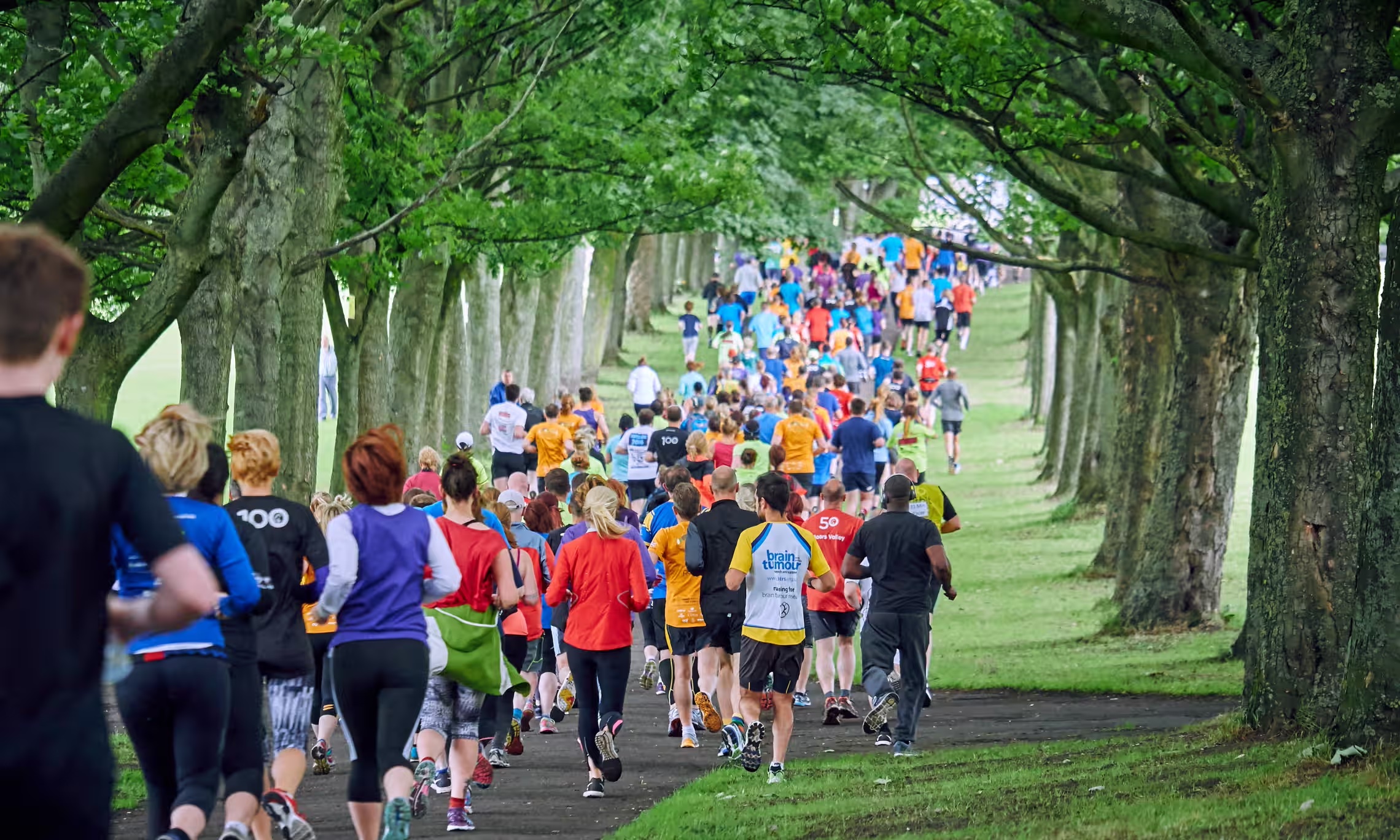


Running News
Eliud Kipchoge Will Run The 2025 Sydney Marathon!
The 2025 London Marathon Aims To Be The World’s Largest Marathon!
Will A Woman Run A Four-Minute Mile? Research Says It’s Possible